Home>Home Appliances>Kitchen Appliances>What Do You Put In An Espresso Machine
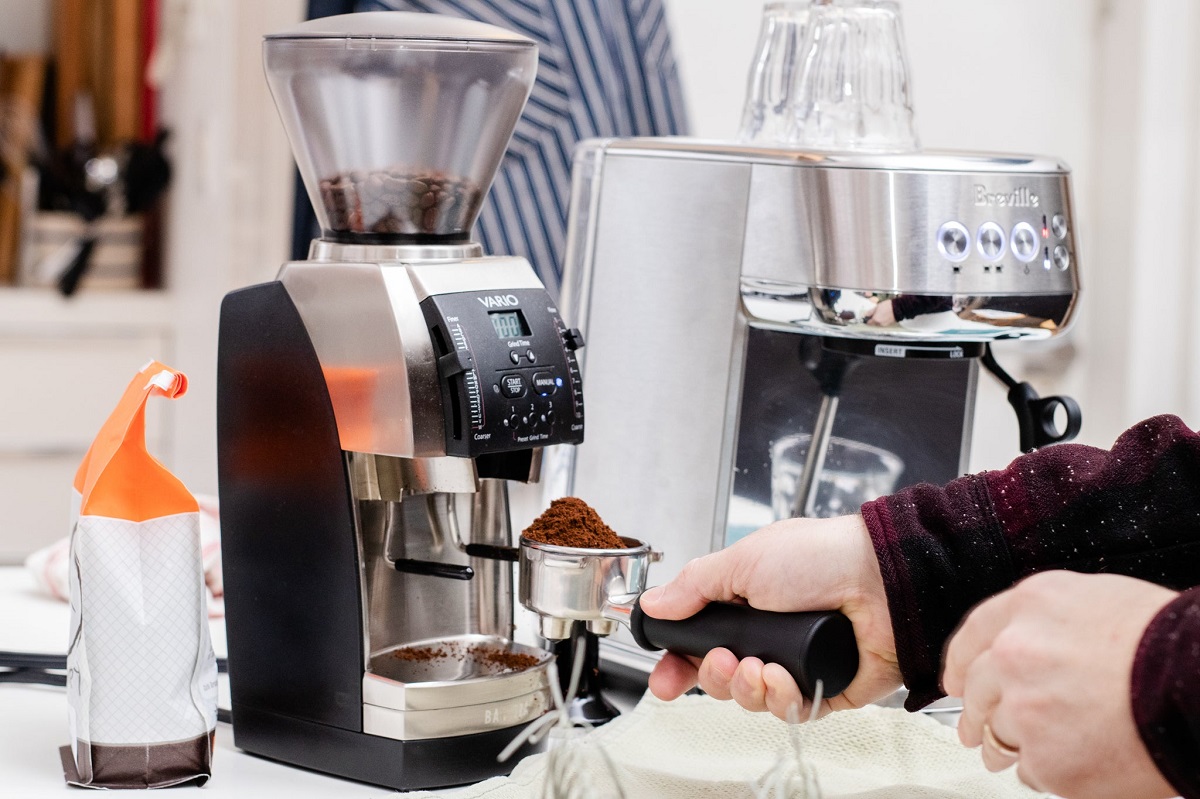

Kitchen Appliances
What Do You Put In An Espresso Machine
Modified: August 17, 2024
Discover the essential items to use in an espresso machine for the best brew. Find out what kitchen appliances are needed for a perfect cup of espresso. Explore now!
(Many of the links in this article redirect to a specific reviewed product. Your purchase of these products through affiliate links helps to generate commission for Storables.com, at no extra cost. Learn more)
Introduction
So, you've just bought an espresso machine, or perhaps you're considering getting one. Congratulations! You're about to embark on a journey to coffee nirvana. But before you can start brewing that perfect cup of espresso, you may be wondering, "What do I put in an espresso machine?"
Fear not, dear coffee enthusiast, for I am here to guide you through the essentials. From coffee beans to water, and from milk to the tamping tool, we'll cover everything you need to know about what goes into an espresso machine. So, grab a cup of your favorite brew, sit back, and let's dive into the world of espresso-making essentials.
Key Takeaways:
- Select freshly roasted coffee beans, balanced mineral water, and maintain a clean espresso machine for delicious espresso.
- Use whole milk for creamy texture, invest in a quality coffee grinder, and master the tamping process for exceptional espresso shots.
Read more: What Do You Need For An Espresso Machine
Coffee Beans
When it comes to making a great cup of espresso, the type and quality of the coffee beans you use are paramount. Espresso is all about the rich, concentrated flavor, and the beans you select will greatly influence the final taste of your brew.
First and foremost, opt for freshly roasted coffee beans. Freshness is key to unlocking the full potential of the coffee's flavor. Look for beans with a roast date as close to the present as possible and try to use them within a few weeks of roasting for the best results.
Next, consider the roast level. Espresso is traditionally made using a dark roast, which offers a bold and intense flavor profile. However, some espresso aficionados prefer a medium or even a light roast to highlight the nuanced flavors of the beans. Experiment with different roast levels to find your perfect match.
Additionally, the grind size of the coffee beans is crucial for espresso-making. Since espresso requires a fine grind to extract the flavors properly, invest in a high-quality burr grinder to achieve the ideal consistency. Remember, freshly ground beans yield a superior espresso, so aim to grind your beans just before brewing.
Whether you prefer single-origin beans or a carefully crafted blend, the choice is yours. Single-origin beans showcase the unique characteristics of a specific region, while blends offer a harmonious combination of flavors. Ultimately, the best coffee beans for your espresso machine are the ones that align with your personal taste preferences.
By selecting top-notch, freshly roasted coffee beans, you set the stage for a delightful espresso experience. Now that you know what to put in your espresso machine in terms of coffee beans, it's time to move on to the next essential ingredient: water.
Water
Water is the unsung hero of espresso making. Often overlooked, yet absolutely crucial, the quality of the water you use can significantly impact the taste and aroma of your espresso.
First and foremost, start with fresh, cold water. Avoid using water that has been sitting in the kettle or the espresso machine's reservoir for an extended period. Fresh water ensures that the flavors of the coffee are not tainted by any staleness or impurities.
When it comes to the mineral content of the water, a balance is key. While distilled water may seem like a clean choice, it lacks the minerals necessary to extract the full flavor from the coffee beans. On the other hand, water with excessive minerals can lead to scaling and affect the taste of the espresso. Ideally, use filtered water with a balanced mineral content to achieve the perfect brew.
Temperature is another critical factor. The water should be heated to the optimal temperature for brewing espresso, typically between 195°F and 205°F (90°C to 96°C). This range allows for proper extraction of the coffee's flavors without scalding the grounds. Many espresso machines have built-in thermoblocks or boilers that maintain the water at the ideal temperature, ensuring consistent and delicious results.
Consistency is key when it comes to water for espresso. Once you find a water source and filtration method that works well for your brewing setup, stick with it to maintain a reliable and predictable brewing process.
By paying attention to the often-overlooked details of water quality and temperature, you can elevate your espresso-making game and ensure that your coffee beans shine in every cup. With the water aspect covered, let's explore the next essential item for your espresso machine: espresso machine cleaner.
Espresso Machine Cleaner
While coffee beans and water are essential for crafting a superb espresso, maintaining the cleanliness of your espresso machine is equally vital. Over time, coffee oils and mineral deposits can accumulate in the machine, affecting the flavor and quality of your brew. This is where espresso machine cleaner comes to the rescue.
Regularly cleaning your espresso machine with a specialized espresso machine cleaner is crucial for ensuring that each shot of espresso is as delightful as the last. These cleaners are designed to remove coffee oils, residue, and mineral buildup from the internal components of the machine, including the group head, portafilter, and brewing chamber.
There are different types of espresso machine cleaners available, including powder, tablet, and liquid forms. Each type serves the same purpose: to thoroughly clean and descale the machine, preventing any off-flavors from tainting your espresso.
When using an espresso machine cleaner, always follow the manufacturer’s instructions to ensure safe and effective cleaning. Typically, the cleaning process involves backflushing the machine with the cleaner, running a cleaning cycle, and thoroughly rinsing to remove any residual cleaner from the internal components.
Regular maintenance with an espresso machine cleaner not only preserves the flavor integrity of your espresso but also extends the lifespan of your machine. By keeping your espresso machine clean and free from buildup, you can enjoy consistently delicious espresso for years to come.
Now that we’ve covered the importance of espresso machine cleaner, let’s turn our attention to another essential component for crafting a variety of espresso-based beverages: milk.
Always use freshly ground coffee beans in your espresso machine for the best flavor. Grind the beans to a fine consistency and use about 18-20 grams of coffee per shot. Pack the grounds firmly and evenly in the portafilter before brewing.
Milk
For those who savor creamy and velvety espresso-based beverages such as lattes, cappuccinos, and macchiatos, milk is an indispensable ingredient that complements the rich flavors of espresso. When it comes to what you put in an espresso machine, milk plays a pivotal role in creating a delightful array of coffee concoctions.
First and foremost, the type of milk you use can significantly impact the taste and texture of your espresso-based drinks. Whole milk, with its higher fat content, yields a lusciously creamy and indulgent texture, making it a popular choice for crafting classic espresso beverages. On the other hand, those seeking a lighter option often opt for 2% or skim milk, which produces a lighter and frothier consistency.
When steaming milk for espresso-based drinks, achieving the perfect microfoam is the ultimate goal. Microfoam, characterized by its velvety texture and creamy consistency, enhances the overall mouthfeel and visual appeal of the beverage. To achieve this, it’s essential to properly texture the milk using a steam wand, creating a smooth and silky microfoam that harmonizes with the espresso.
Furthermore, for those who prefer plant-based alternatives, a variety of non-dairy milk options such as almond, soy, oat, and coconut milk offer a dairy-free twist to traditional espresso beverages. These alternatives cater to individuals with dietary restrictions or those seeking new and innovative flavor profiles for their coffee creations.
Whether you’re a fan of classic dairy milk or enjoy experimenting with non-dairy alternatives, the milk you choose to pair with your espresso significantly influences the overall character of your coffee creations. With milk as a key ingredient, you’re equipped to craft an array of delightful espresso-based beverages that cater to diverse preferences and tastes.
Now that we’ve explored the essential role of milk in espresso-based drinks, let’s delve into another crucial element for achieving exceptional espresso: the coffee grinder.
Coffee Grinder
When it comes to preparing the perfect shot of espresso, the role of the coffee grinder cannot be overstated. The grind consistency and freshness of the coffee grounds directly impact the extraction process and, consequently, the flavor and aroma of the espresso. Therefore, investing in a high-quality coffee grinder is essential for elevating your espresso-making experience.
One of the key factors to consider when selecting a coffee grinder for your espresso machine is the grind consistency. Espresso requires a fine and uniform grind to ensure an even extraction and the proper flow of water through the coffee puck. Burr grinders, known for their precision and ability to produce consistent grind sizes, are highly recommended for espresso enthusiasts.
Equally important is the freshness of the coffee grounds. To preserve the delicate flavors and aromas of the coffee beans, it’s best to grind the beans immediately before brewing. This ensures that the grounds are at their peak freshness, allowing you to extract the full spectrum of flavors present in the beans.
Furthermore, the grind size plays a crucial role in controlling the extraction time and the resulting flavor profile of the espresso. The optimal grind size is typically fine, resembling powdered sugar or table salt, to facilitate the proper extraction of flavors without over-extracting or under-extracting the coffee.
For espresso aficionados who value precision and control, investing in a grinder with adjustable settings is advantageous. This allows you to fine-tune the grind size based on the specific characteristics of the coffee beans, ensuring that each shot of espresso is tailored to perfection.
By prioritizing a high-quality coffee grinder and paying attention to grind consistency and freshness, you set the stage for consistently exceptional espresso. With the coffee grinder as an essential component, you’re well-equipped to unlock the full potential of your coffee beans and embark on a journey of unparalleled espresso craftsmanship.
Now that we’ve explored the significance of the coffee grinder, let’s turn our attention to another indispensable tool for achieving optimal espresso extraction: the tamping tool.
Tamping Tool
When it comes to pulling the perfect shot of espresso, the tamping process plays a critical role in ensuring uniform extraction and optimal flavor. The tamping tool, also known as a tamper, is a fundamental accessory for espresso enthusiasts seeking to achieve consistency and precision in their brewing routine.
The primary purpose of the tamping tool is to evenly compact the coffee grounds in the portafilter, creating a uniform surface for water to pass through during the brewing process. This uniformity is essential for achieving a balanced and flavorful extraction, as it promotes even water flow through the coffee puck, resulting in a well-rounded and harmonious espresso shot.
When using a tamping tool, it’s important to apply consistent pressure to the coffee grounds. The ideal pressure typically ranges between 30 to 40 pounds of force, ensuring that the grounds are adequately compacted without over-packing, which can impede water flow, or under-packing, which may lead to uneven extraction.
Furthermore, the angle at which the tamping tool is used can influence the distribution of the coffee grounds within the portafilter. A level and perpendicular tamping technique helps achieve an even and consistent density across the coffee puck, contributing to a balanced extraction and the expression of the coffee’s full flavor profile.
For espresso enthusiasts seeking precision and control, calibrated tampers with adjustable depth settings offer the advantage of consistently applying the desired amount of pressure and achieving a uniform tamping depth, further enhancing the reproducibility of espresso shots.
By mastering the art of tamping and utilizing a high-quality tamping tool, you can elevate the quality and consistency of your espresso extractions, ensuring that each shot is a testament to the meticulous craftsmanship and dedication to the art of espresso-making.
With the tamping tool as an essential component in your espresso-making arsenal, you’re well-prepared to embark on a journey of crafting exceptional espresso shots that showcase the full potential of your coffee beans.
Now that we’ve explored the significance of the tamping tool, let’s conclude our exploration of the essential elements that go into an espresso machine.
Conclusion
Congratulations on completing this insightful journey into the essential components that go into crafting the perfect cup of espresso. From the selection of top-quality coffee beans to the meticulous tamping process, each element plays a crucial role in the art of espresso-making.
By understanding the significance of what goes into an espresso machine, you’ve gained valuable insights into the foundational aspects of creating exceptional espresso. The freshness and roast level of the coffee beans, the quality and temperature of the water, the maintenance with espresso machine cleaner, the choice of milk, the precision of the coffee grinder, and the art of tamping—all contribute to the nuanced and delightful experience of savoring a well-crafted espresso.
As you continue on your espresso-making journey, remember that experimentation and exploration are key. Embrace the opportunity to discover new coffee beans, refine your tamping technique, and explore the diverse world of milk options for creating indulgent espresso-based beverages.
Whether you’re a seasoned espresso enthusiast or a newcomer to the art of espresso-making, the quest for the perfect cup of espresso is a delightful and rewarding pursuit. Each element that you put into your espresso machine contributes to the symphony of flavors and aromas that culminate in a truly exceptional espresso experience.
So, as you embark on your next espresso-making adventure, may your coffee beans be freshly roasted, your water be perfectly balanced, your milk be velvety and indulgent, your coffee grinder be precise, and your tamping be meticulous. With these essential elements in place, you’re well-prepared to craft memorable and exquisite espresso creations that delight the senses and elevate the coffee experience.
Now, armed with a deeper understanding of what goes into an espresso machine, go forth and savor the art of espresso-making, one meticulously crafted shot at a time.
Frequently Asked Questions about What Do You Put In An Espresso Machine
Was this page helpful?
At Storables.com, we guarantee accurate and reliable information. Our content, validated by Expert Board Contributors, is crafted following stringent Editorial Policies. We're committed to providing you with well-researched, expert-backed insights for all your informational needs.
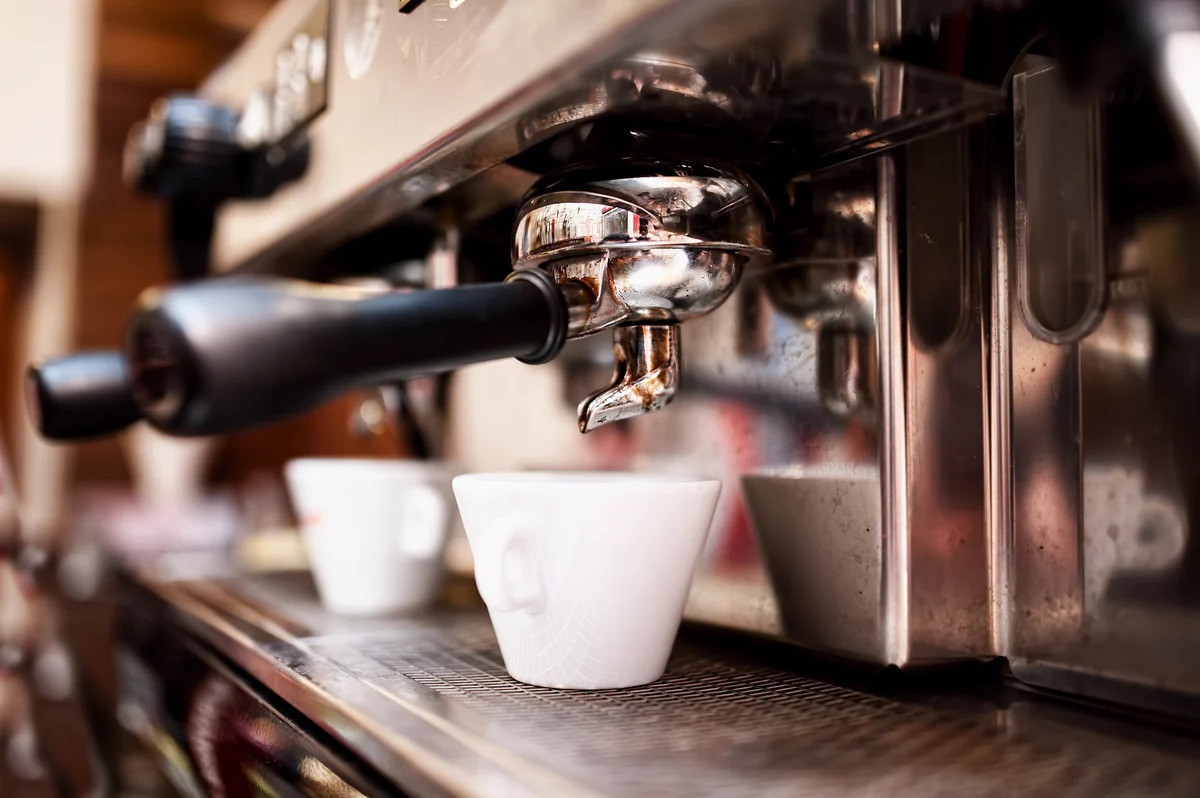
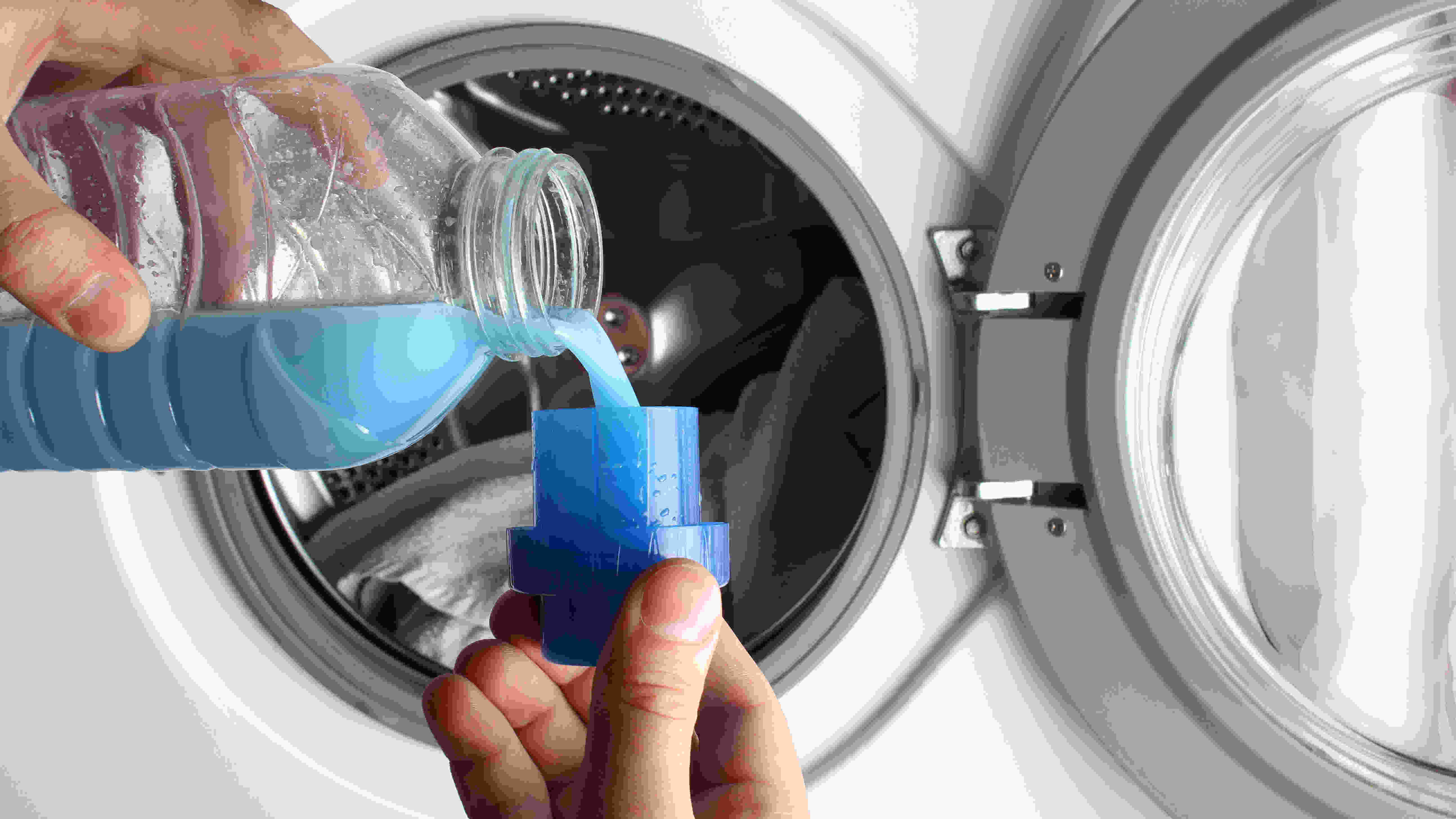
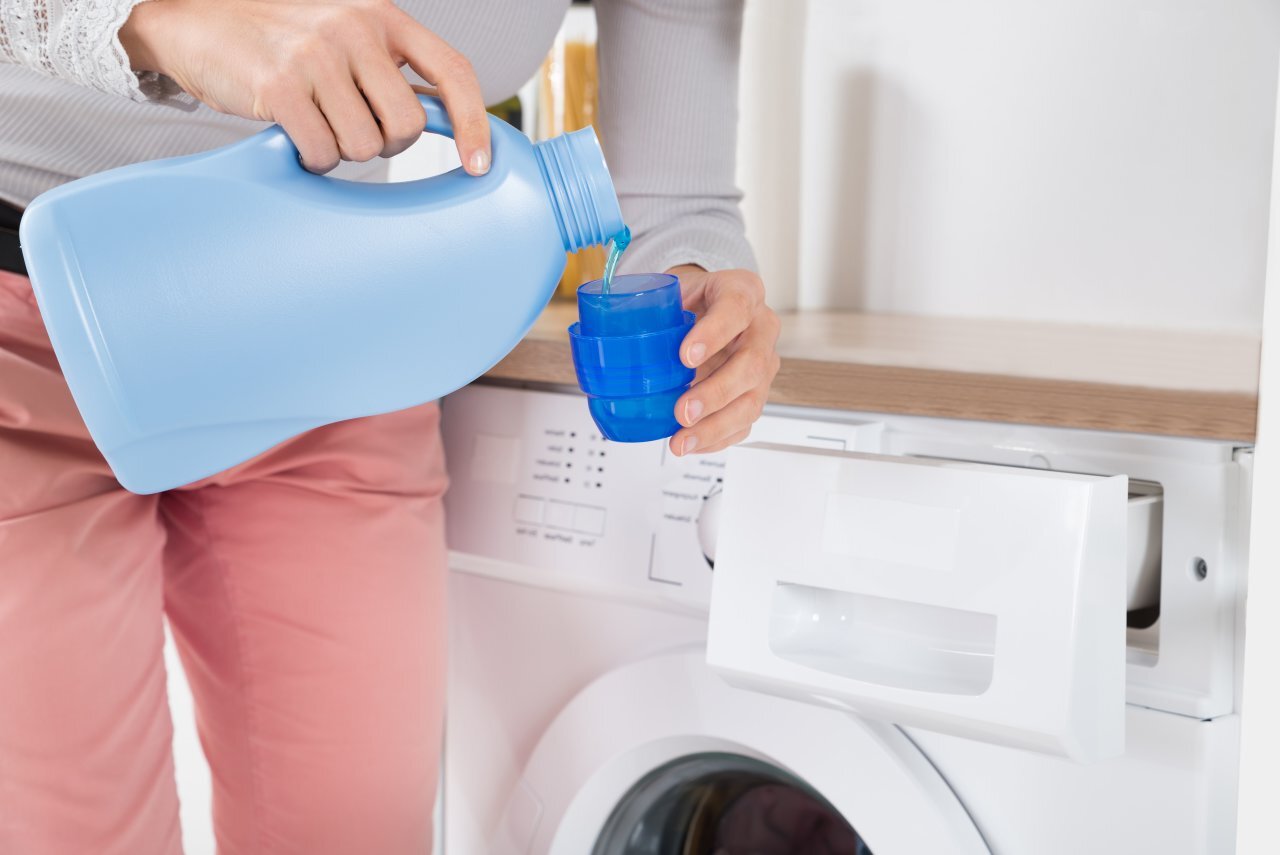
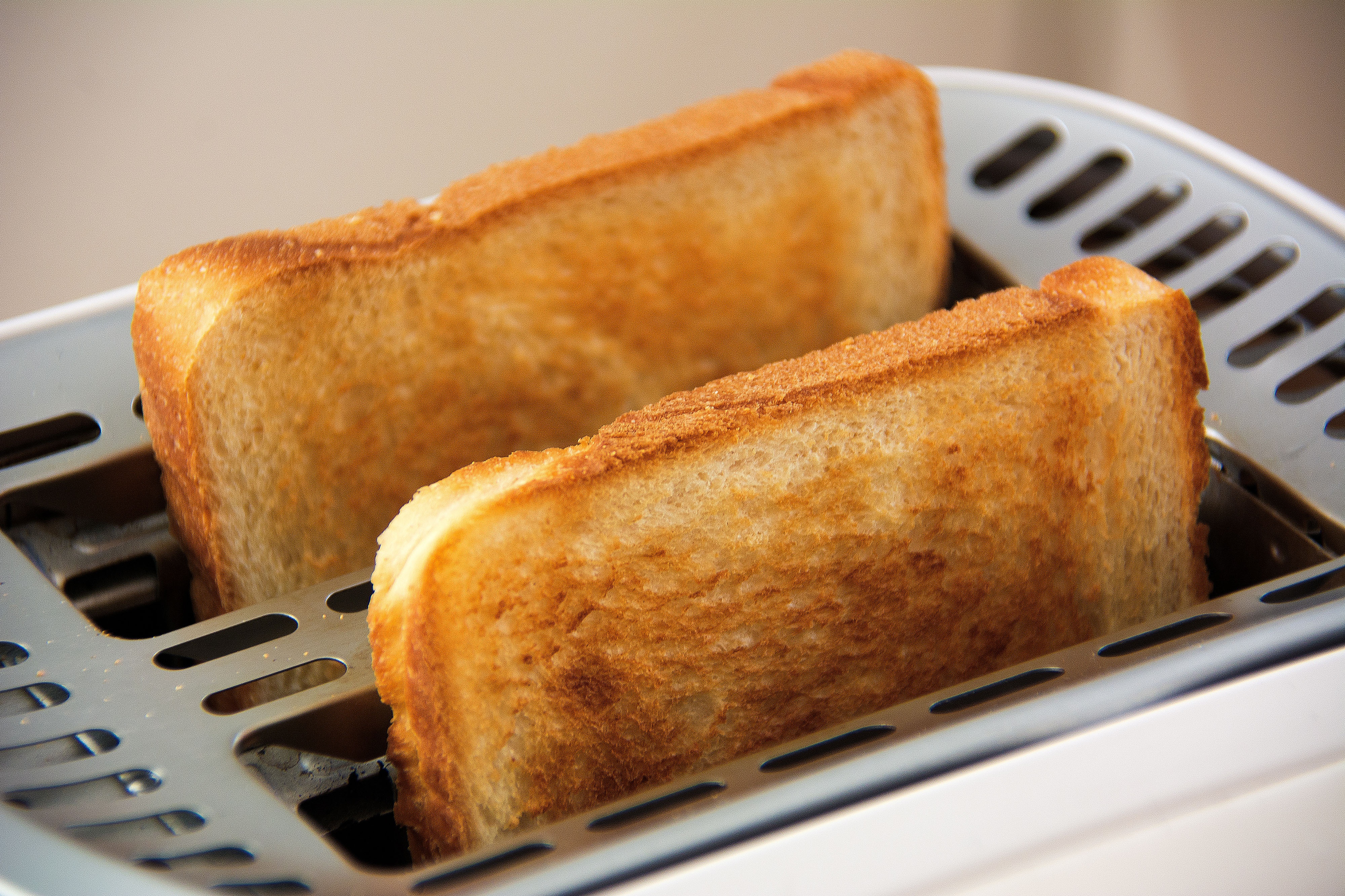
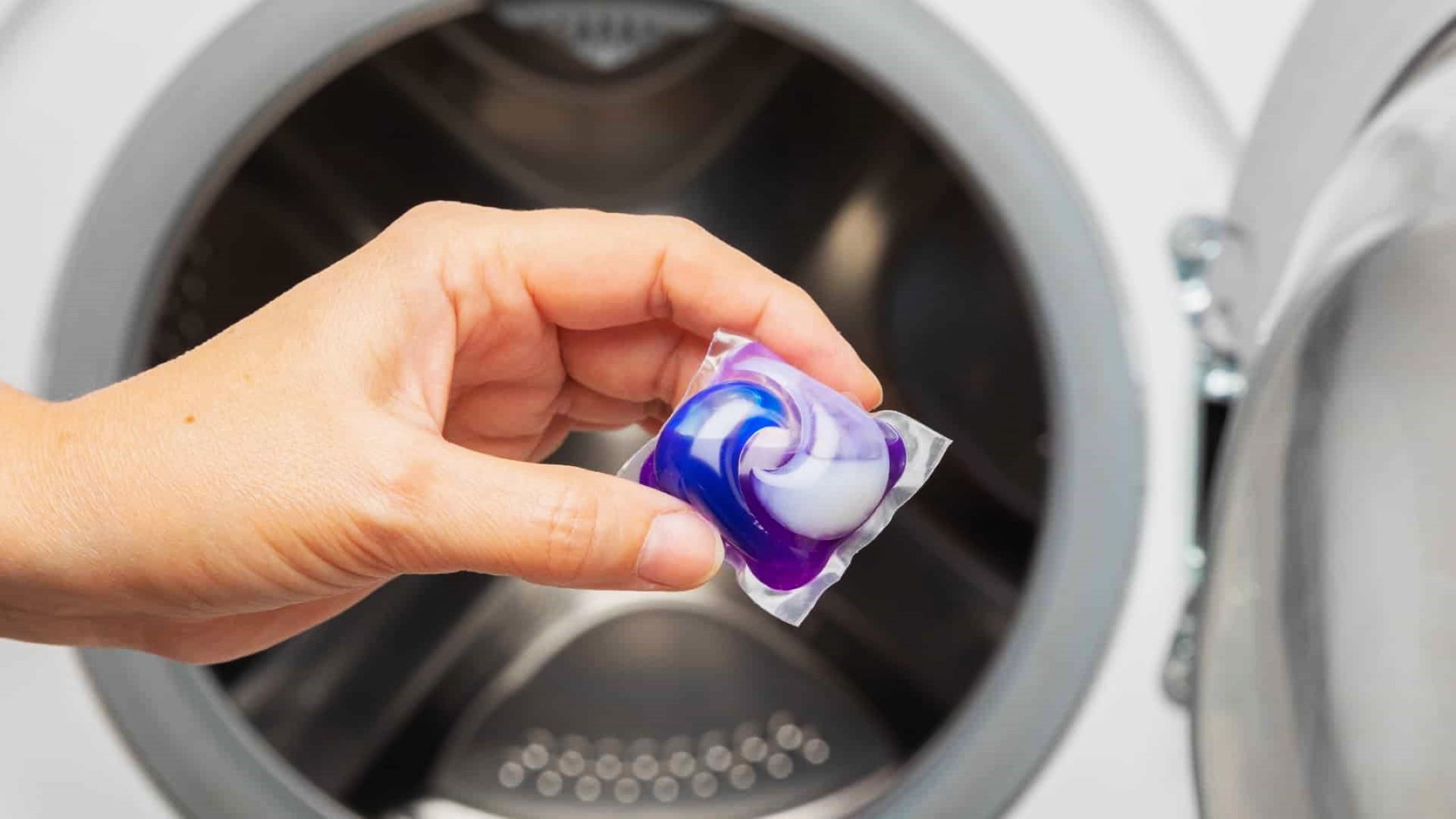
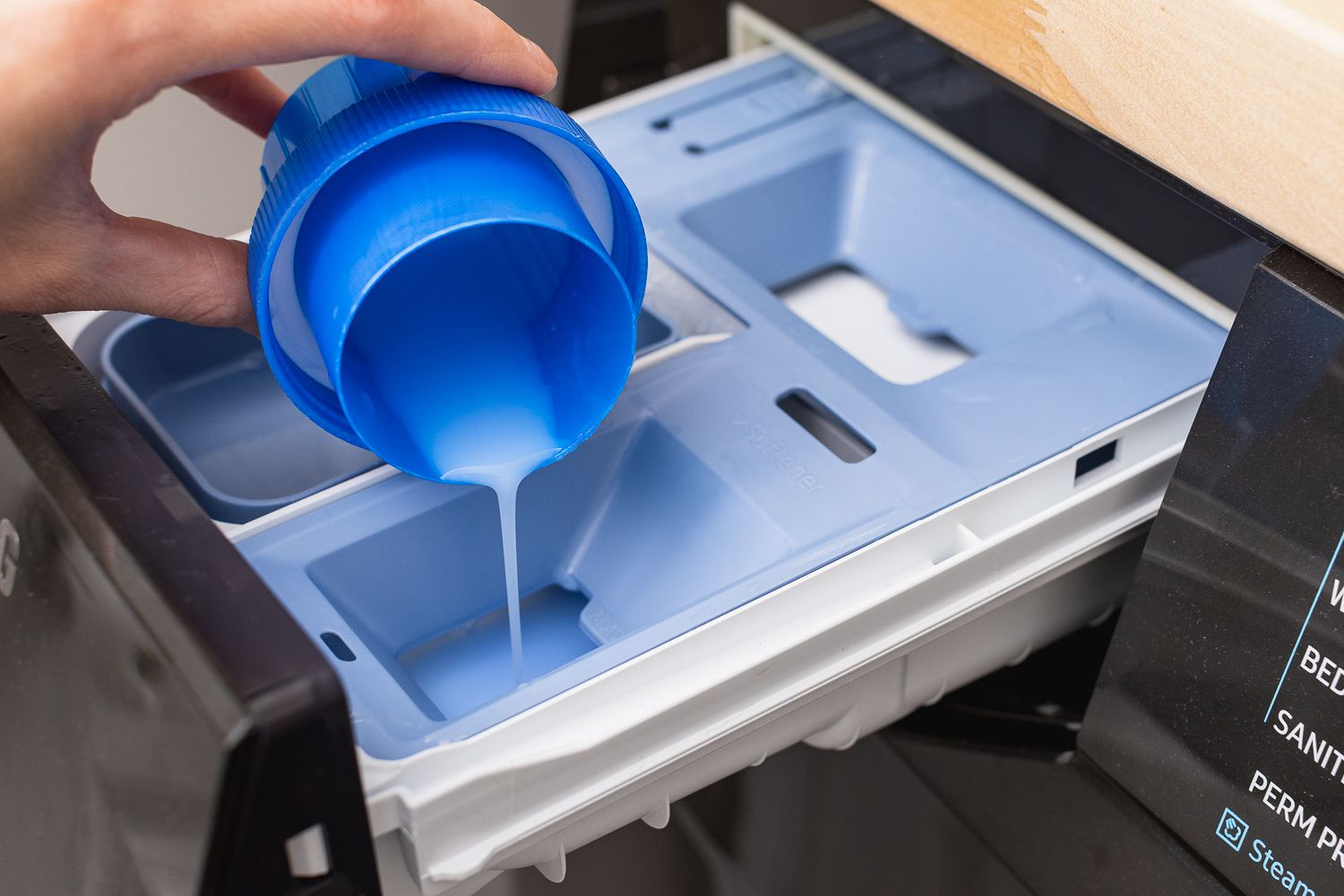
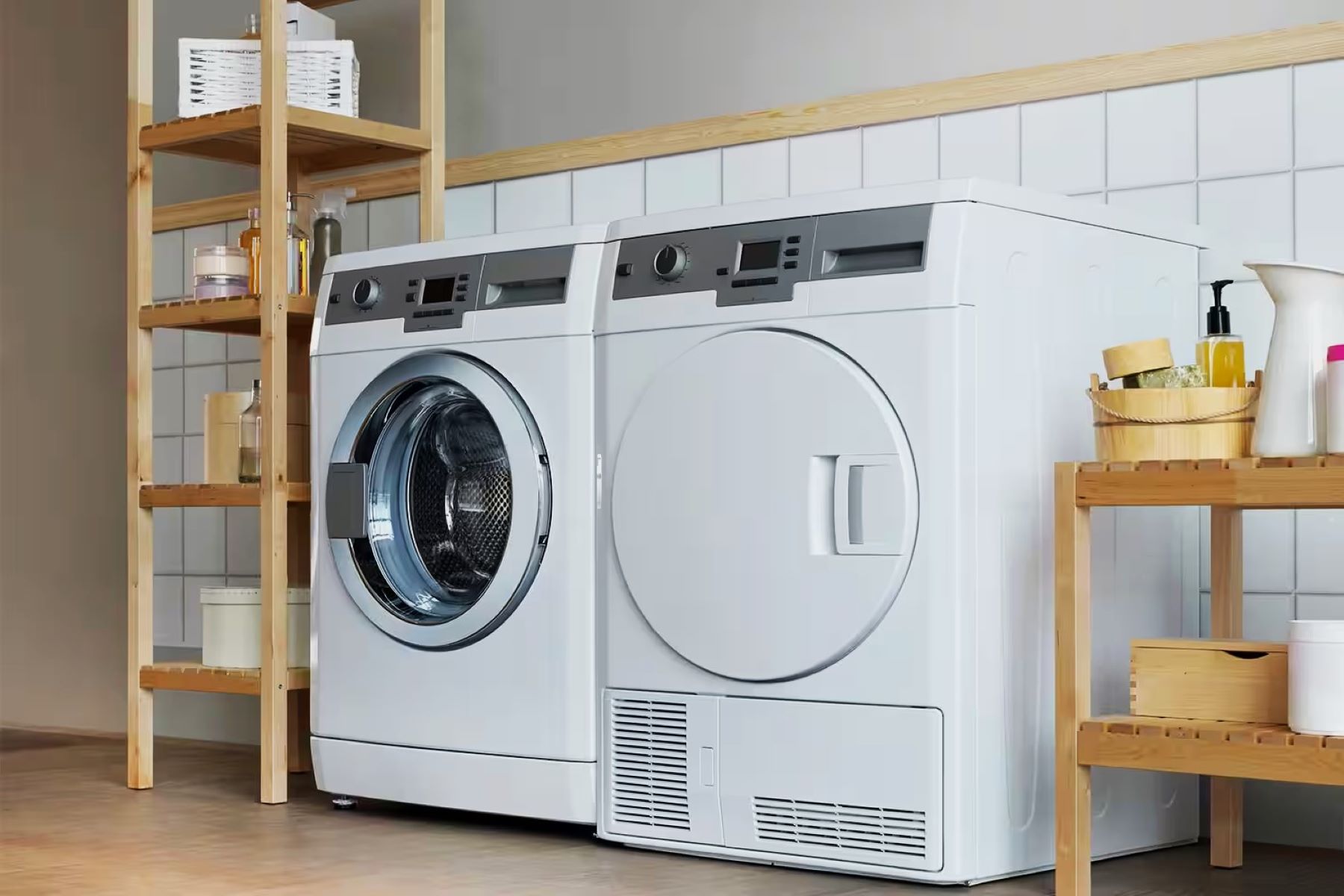
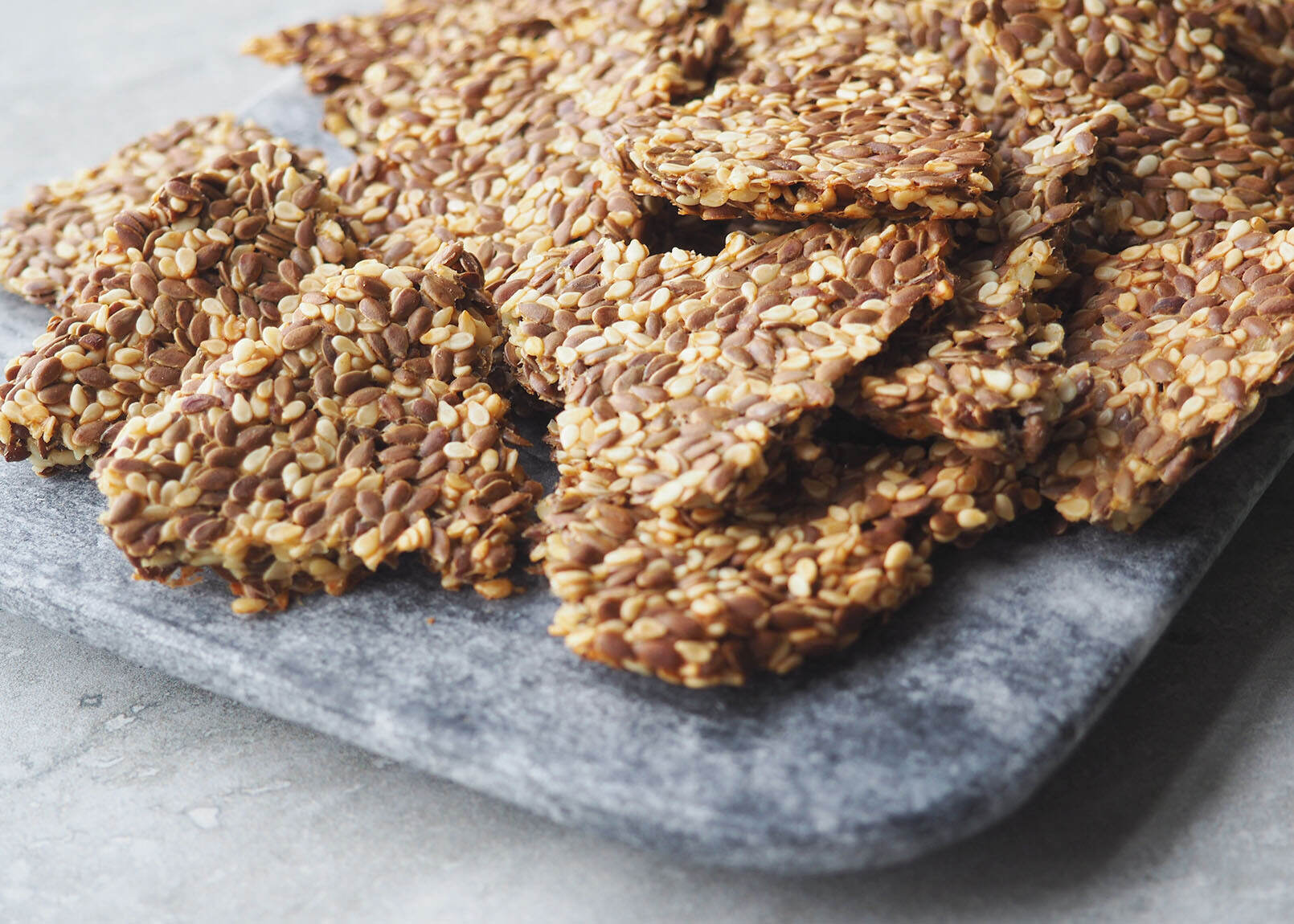
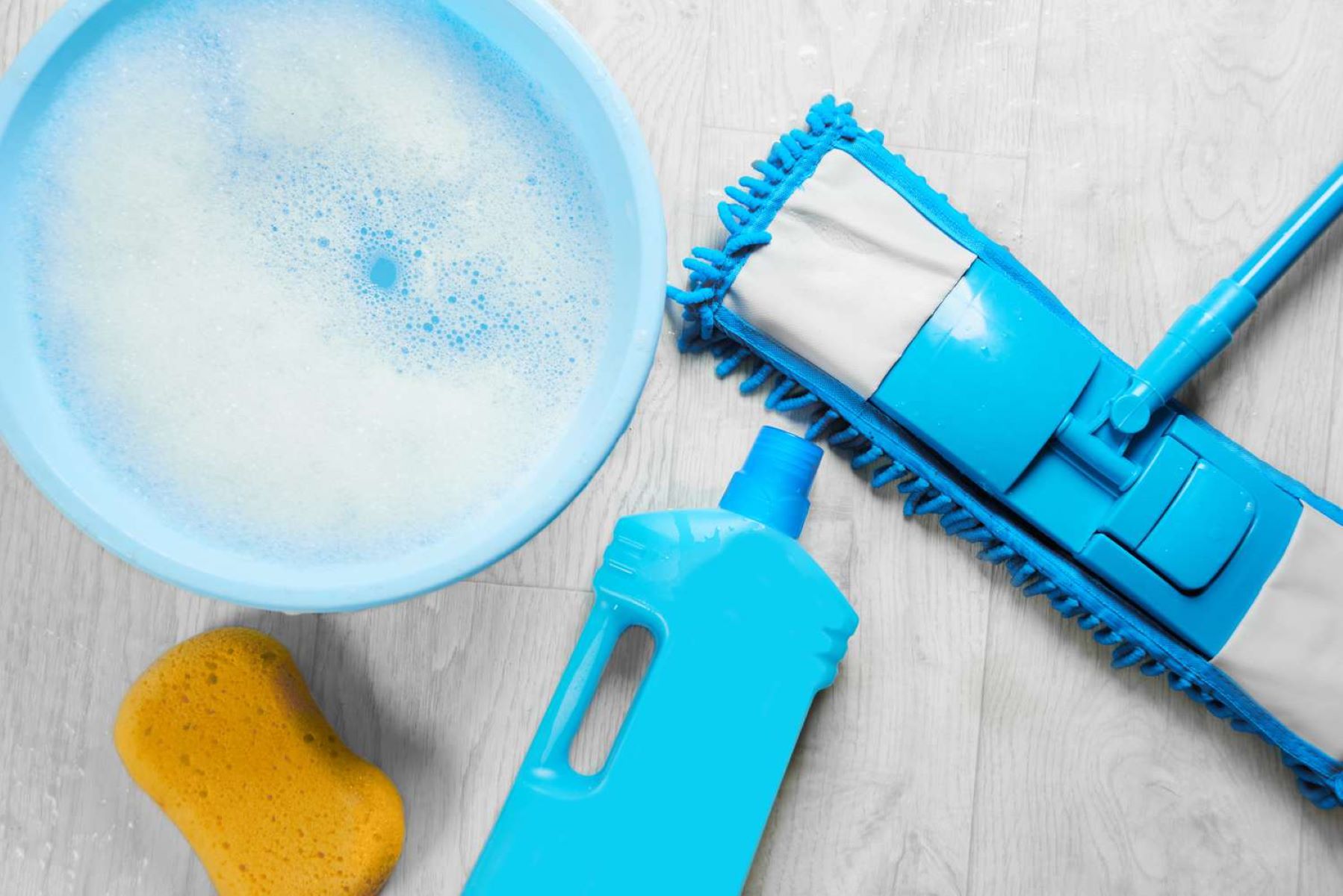
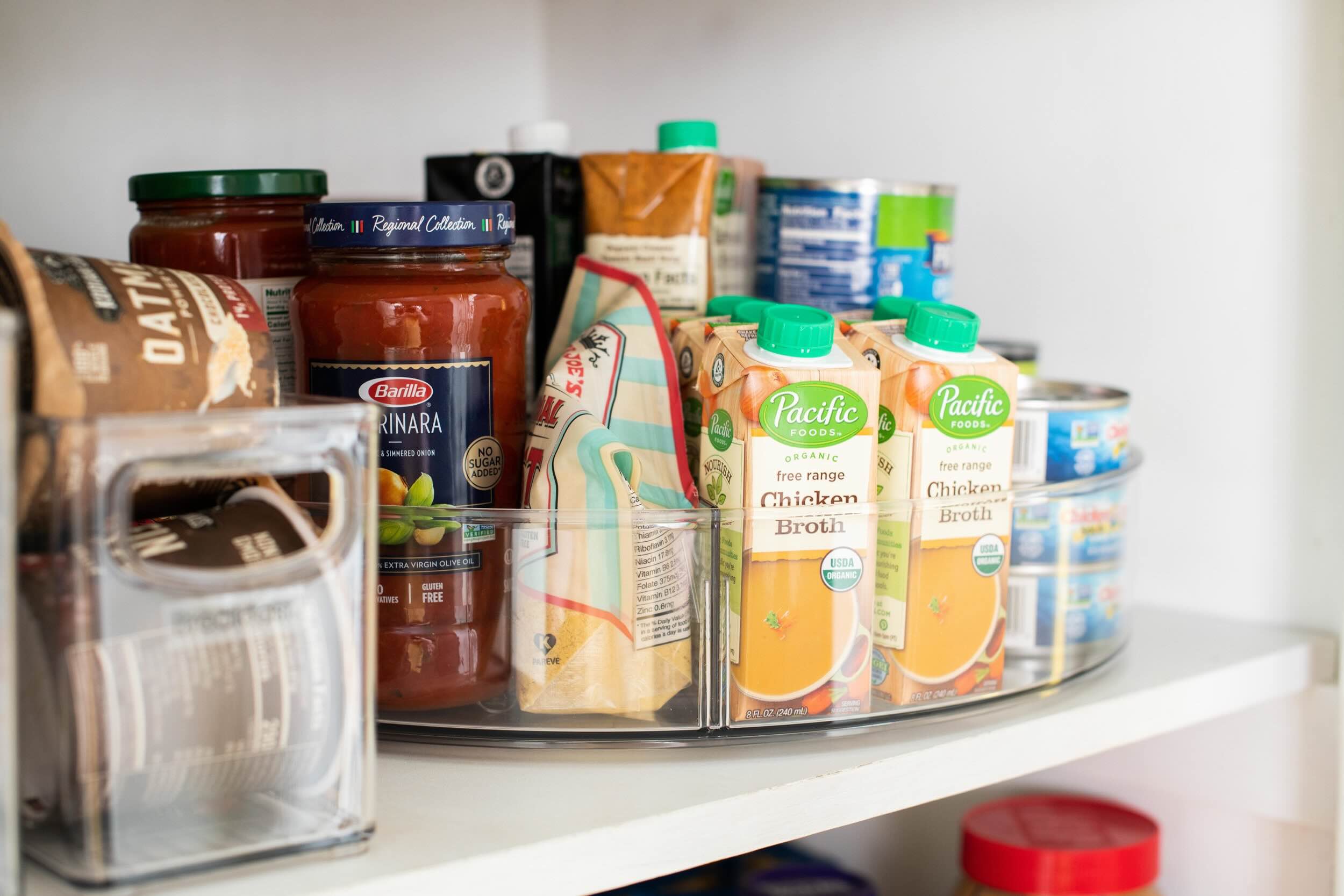
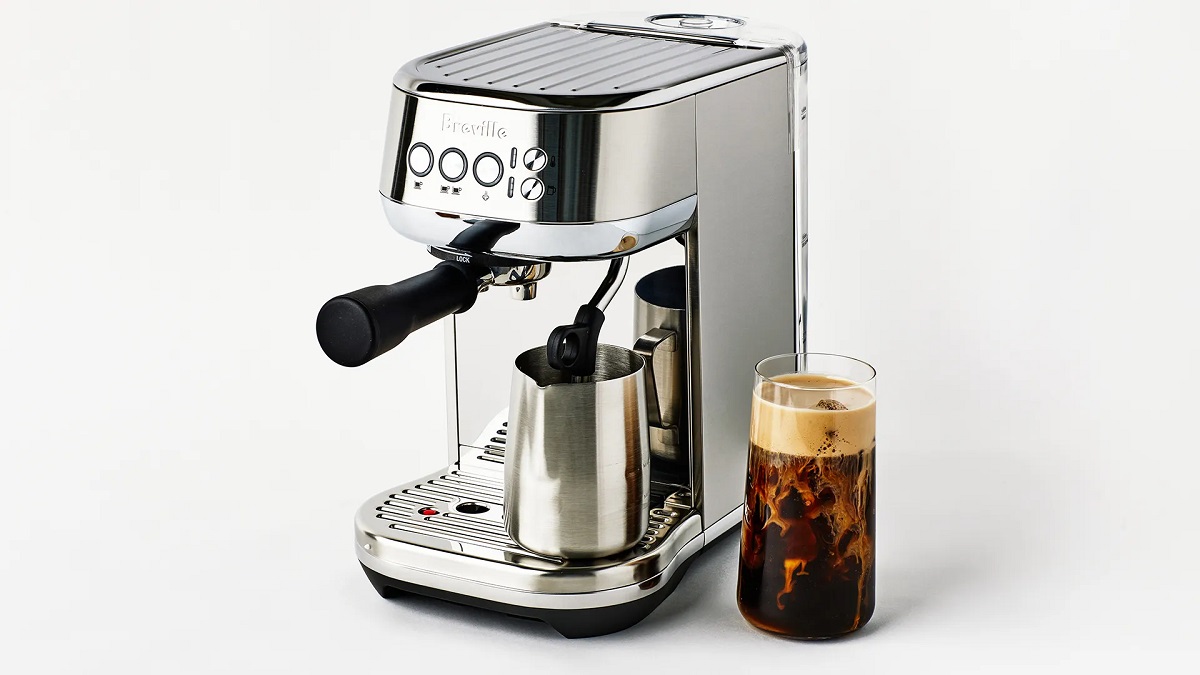
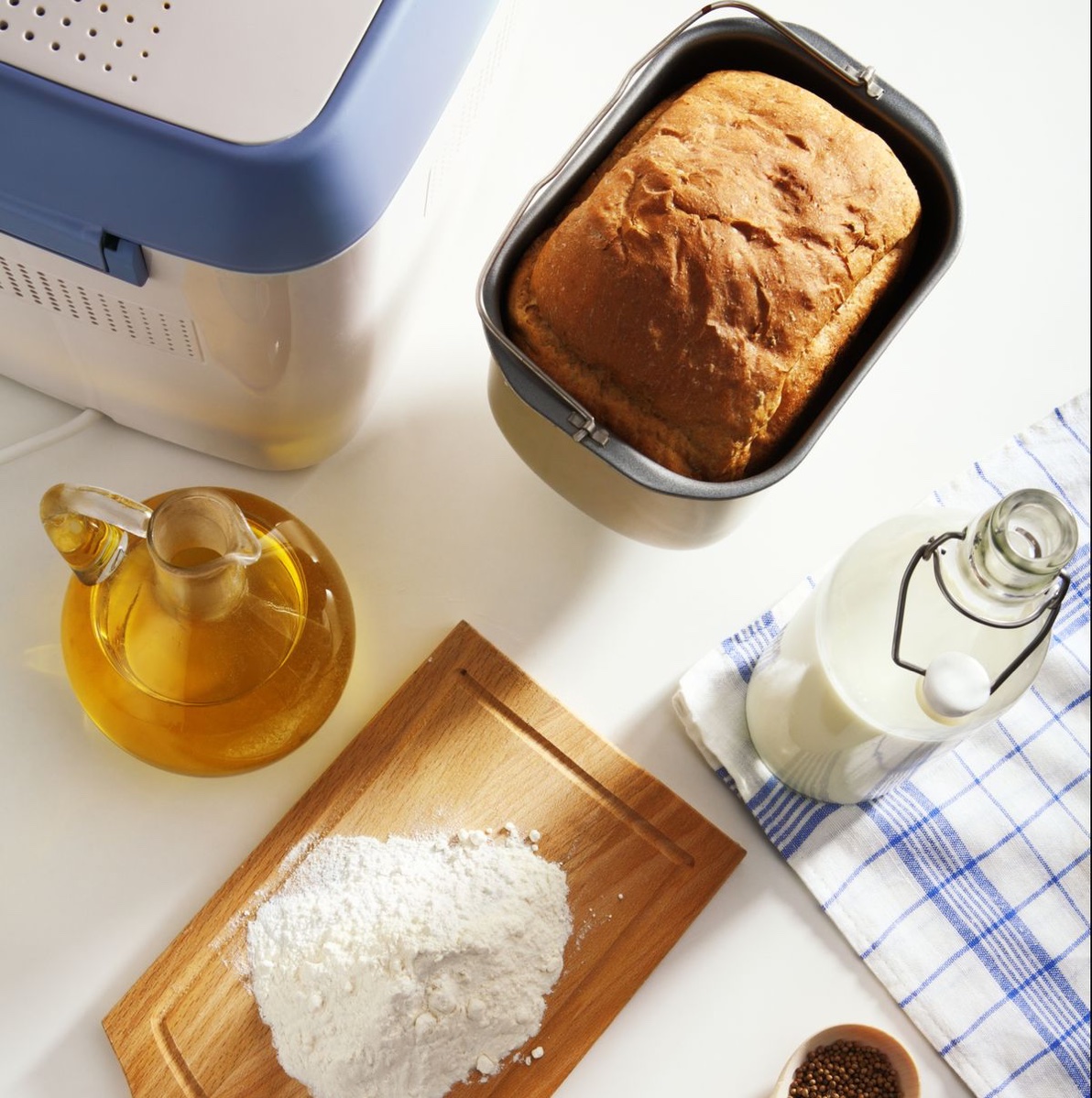
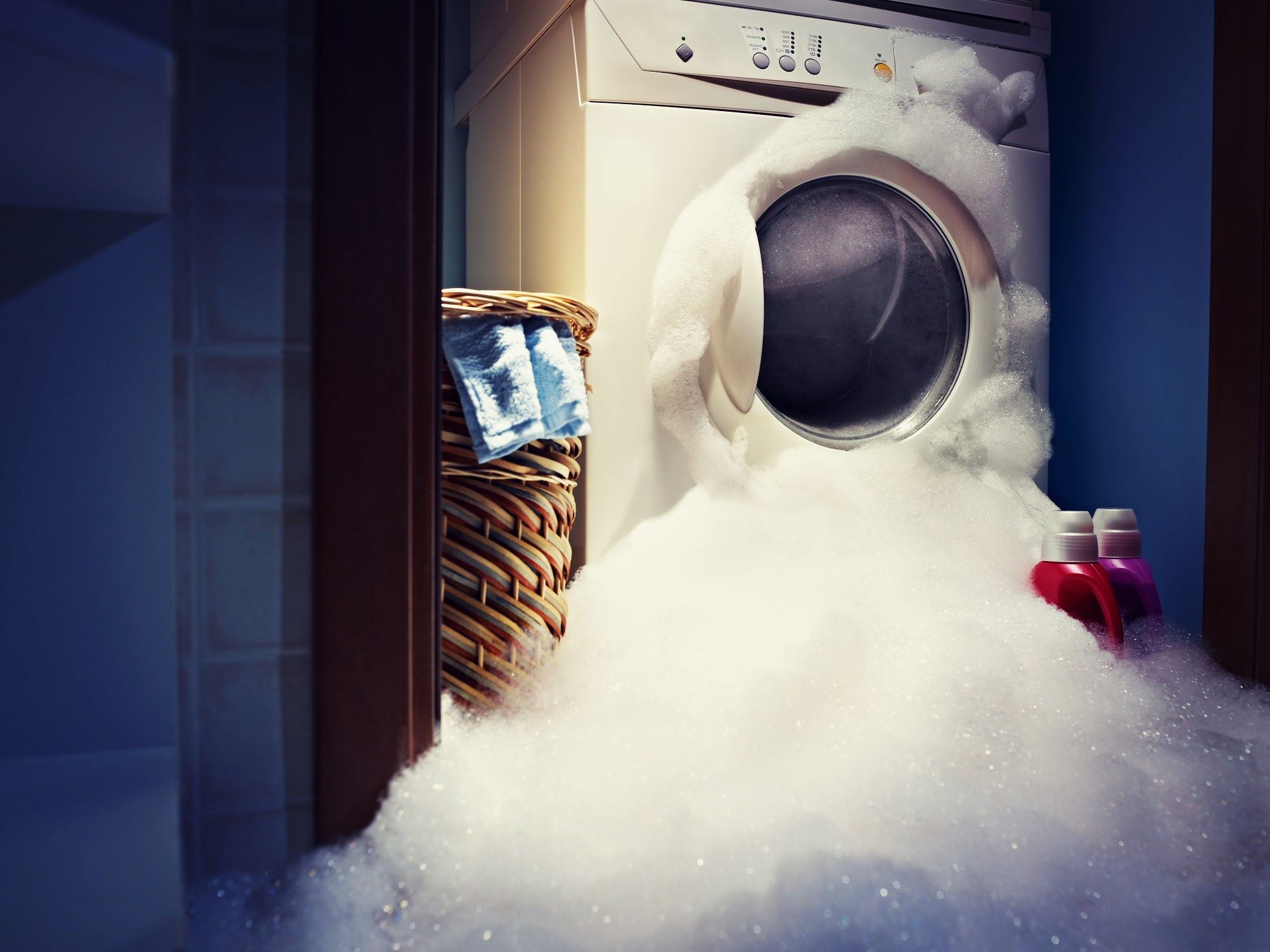


0 thoughts on “What Do You Put In An Espresso Machine”